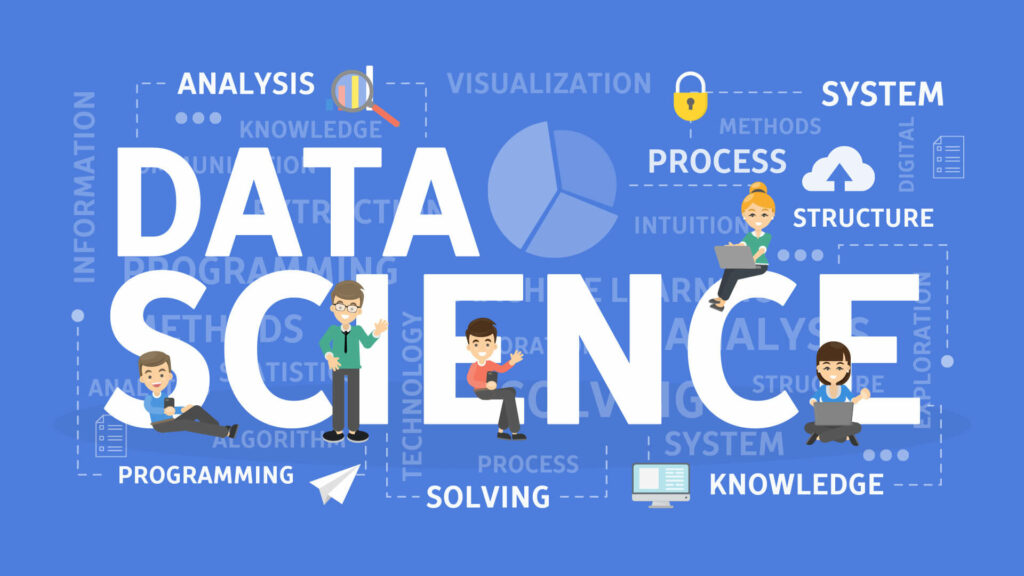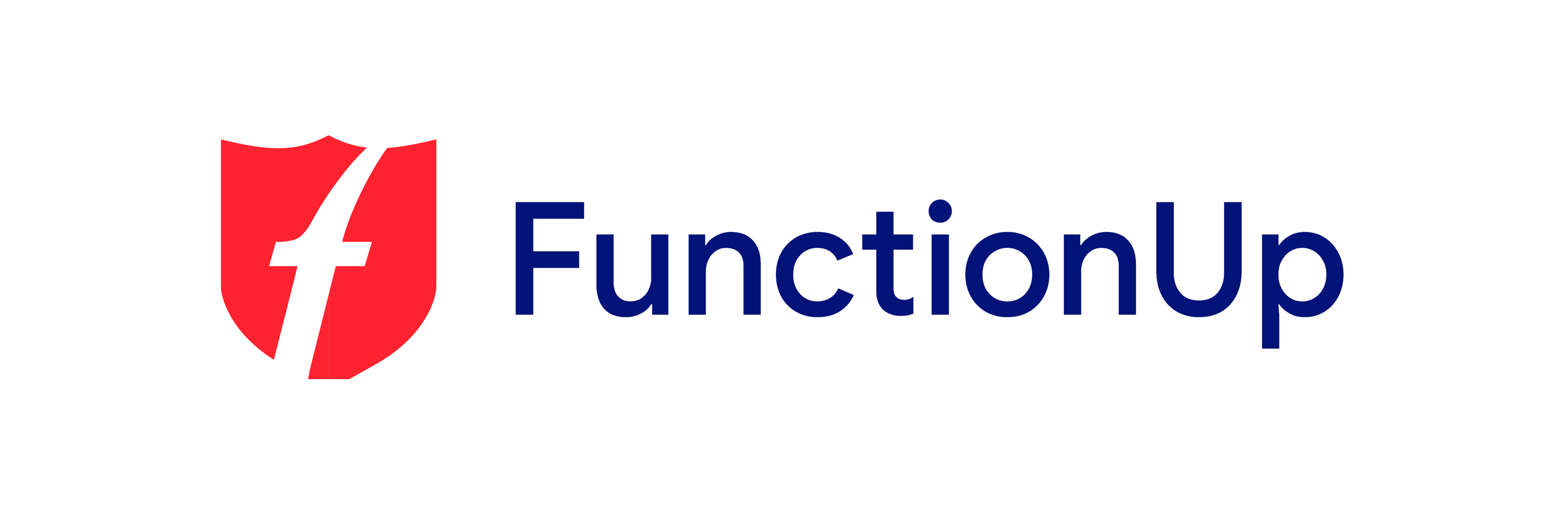
Big data is the vast amount of information produced by digital devices, social media platforms, and various other internet-based sources that are part of our daily lives. Utilizing the latest techniques and technology, huge data can be used to find subtle patterns, trends, and connections to help improve processing, make better decisions, and predict the future, ultimately improving the quality of life of people, companies, and society all around.
As more and more data is generated and analyzed, it is becoming increasingly hard for researchers and companies to get insights into their data quickly. Therefore, Big Data frameworks are becoming ever more crucial. In this piece, we’ll examine the most well-known big data frameworks- Apache Storm, Apache Spark, Presto, and others – which are increasingly sought-after for Big Data analytics.
What are Big Data Frameworks?
Big data frameworks are a set of tools that make it simpler to handle large amounts of information. Big data framework is made to handle extensive data efficiently and quickly, and be safe. The frameworks that deal with big data are generally open source are big data frameworks. This means they’re available for free, with the possibility of obtaining the support you require.
Big Data is about collecting, processing, and analyzing Exabytes of data and petabyte-sized sets. Big Data concerns the amount of data, the speed, and the variety of data. Big Data is about the capability to analyze and process data at speeds and in a way that was impossible before that.
- Hadoop
Apache Hadoop is an open-source big data framework that can store and process huge quantities of data. Written in Java and is suitable to process streams, batch processing, and real-time analytics.
Apache Hadoop is home to several programs that allow you to deal with huge amounts of data within just one computer or multiple machines via networks in an approach that the programs don’t know they’re distributed over multiple computers.
One of the major strengths of Hadoop is its ability to manage huge volumes of information. Based upon a distributed computing model, Hadoop breaks down large data sets into smaller pieces processed by a parallel process across a set of nodes. This method helps achieve the highest level of fault tolerance and faster processing speed, making it the ideal choice for managing Big Data workloads.
- Spark
Apache Spark can be described as a powerful and universal engine to process large amounts of data. It has high-level APIs in Java, Scala, and Python, as well as R (a statically-oriented programming language), and, therefore, developers of any level can utilize the APIs. Spark is commonly utilized in production environments for processing data from several sources, such as HDFS (Hadoop Distributed File System) as well as another system for file storage, Cassandra database, Amazon S3 storage service (which also provides web services for the storage of data over the Internet) in addition to as web services that are external to the Internet including Google’s Datastore.
The main benefit of Spark is the capacity to process information at a phenomenal speed which is made possible through its features for processing in memory. It significantly cuts down on I/O processing, making it ideal for extensive data analyses. Furthermore, Spark offers considerable flexibility in allowing for a wide range of operations in data processing, like streaming, batch processing, and graph processing, using its integrated libraries.
- Hive
Apache Hive is an open-source big data framework software allowing users to access and modify large data sets. It’s a big data framework built upon Hadoop, which allows users to create SQL queries and use different languages such as HiveQL and Pig Latin (a scripting language ). Apache Hive is part of the Hadoop ecosystem. You require an installation of Apache Hadoop before installing Hive.
Apache Hive’s advantage is managing petabytes of data effectively by using Hadoop Distributed File System (HDFS) to store data and Apache Tez or MapReduce for processing.
- Elasticsearch
Elasticsearch is a fully-managed open-source, distributed column-oriented analytics and big data framework. Elasticsearch is used for search (elastic search), real-time analytics (Kibana), log storage/analytics/visualization (Logstash), centralized server logging aggregation (Logstash Winlogbeat), and data indexing.
Elasticsearch consulting may be utilized to analyze large amounts of data as it’s highly scalable and resilient and has an open architecture that allows using more than one node on various servers or possibly cloud servers. It has an HTTP interface that includes JSON support, allowing easy integration with other apps using common APIs, such as RESTful calls and Java Spring Data JPA annotations for domain classes.
- MongoDB
MongoDB is a NoSQL database. It holds data in JSON-like formats, so there’s no requirement to establish schemas before creating your app. MongoDB is a free-of-cost open source available for on-premises use and as a cloud-based solution (MongoDB Atlas ).
MongoDB as a big data framework can serve numerous purposes: from logs to analysis and from ETL to machine learning (ML). The database can hold millions of documents and not worry about performance issues due to its horizontal scaling mechanism and efficient management of memory. Additionally, it is easy for developers of software who wish to concentrate on developing their apps instead of having to think about designing data models and tuning the systems behind them; MongoDB offers high availability using replica sets, a cluster model that lets multiple nodes duplicate their data automatically, or manually establishing clusters that have auto failover when one fails.
- MapReduce
MapReduce is a big data framework that can process large data sets within a group. It was built to be fault-tolerant and spread the workload across the machines.
MapReduce is an application that is batch-oriented. This means it can process massive quantities of data and produce results within a relatively short duration.
MapReduce’s main strength is its capacity to divide massive data processing tasks over several nodes, which allows it to run parallel tasks and dramatically improves efficiency.
- Samza
Samza is the name of a big data framework for stream processing. It utilizes Apache Kafka as the underlying messages bus and data store and is run on YARN. The Samza development is run by Apache, which means that it’s freely available and open to download, make use of, modify, and distribute in accordance with the Apache License version 2.0.
An example of how this is implemented in real life is how a user looking to handle a stream of messages could write the application in any programming software they want to use (Java or Python is currently supported). The application runs in a container located on at least one worker node, which is part of the Samza-Samza cluster. They form an internal pipeline that processes all messages coming from Kafka areas in conjunction with similar pipelines. Every message is received by the workers responsible for processing it before it is sent out to Kafka, another location in the system, or out of it, if needed, to accommodate the growing demands.
- Flink
Flink is an another big data framework for processing data streams. It’s also a hybrid big-data processor. Flink can perform real-time analysis ETL, batch, or real-time processing.
Flink’s architecture is designed for stream processing and interactive queries for large data sets. Flink allows events and processing metadata for data streams, allowing it to manage real-time analytics and historical analysis on the same cluster using the identical API. Flink is especially well-suited to applications that require real-time data processing, like financial transactions, anomaly detection, and applications based on events that are part of IoT ecosystems. Additionally, its machine-learning and graph processing capabilities make Flink a flexible option for decision-making based on data within various sectors.
- Heron
Heron is an another big data framework for distributed stream processing that is utilized to process real-time data. It can be utilized to build low-latency applications such as microservices and IoT devices. Heron can be written using C++. It offers a high-level programming big data framework to write streams processing software distributed across Apache YARN, Apache Mesos, and Kubernetes in a tightly integrated way to Kafka or Flume for the communication layer.
Heron’s greatest strength lies in its ability to offer the highest level of fault tolerance and excellent performance for large-scale data processing. The software is developed to surpass the weaknesses of Apache Storm, its predecessor Apache Storm, by introducing an entirely new scheduling model and a backpressure system. This allows Heron to ensure high performance and low latency. This makes Heron ideal for companies working with huge data collections.
- Kudu
Kudu is a columnar data storage engine designed for the analysis of work. Kudu is the newest youngster on the block, yet it’s already taking the hearts of data scientists and developers. Data scientists, thanks to their capacity to combine the best features of relational databases and NoSQL databases in one.
Kudu is a also a big data framework combining relational databases (strict ACID compliance) advantages with NoSQL databases (scalability and speed). Additionally, it comes with several benefits. It comes with native support for streaming analytics. This means you can use your SQL abilities to analyze stream data in real time. It also supports JSON data storage and columnar storage for improved performance of queries by keeping related data values.
Conclusion
The emerging field of Big Data is a sector of research that takes the concept of large information sets and combines the data using hardware-based architectures of super-fast parallel processors, storage software and hardware APIs, and open-source software stacks. It’s a thrilling moment to become an expert in data science. It’s not just that greater tools are available than before within the Big Data ecosystem. Still, they’re also becoming stronger, more user-friendly to work with, and more affordable to manage. That means companies will gain more value from their data and not have to shell out as much for infrastructure.
FunctionUp’s data science online course is exhaustive and a door to take a big leap in mastering data science. The skills and learning by working on multiple real-time projects will simulate and examine your knowledge and will set your way ahead.
